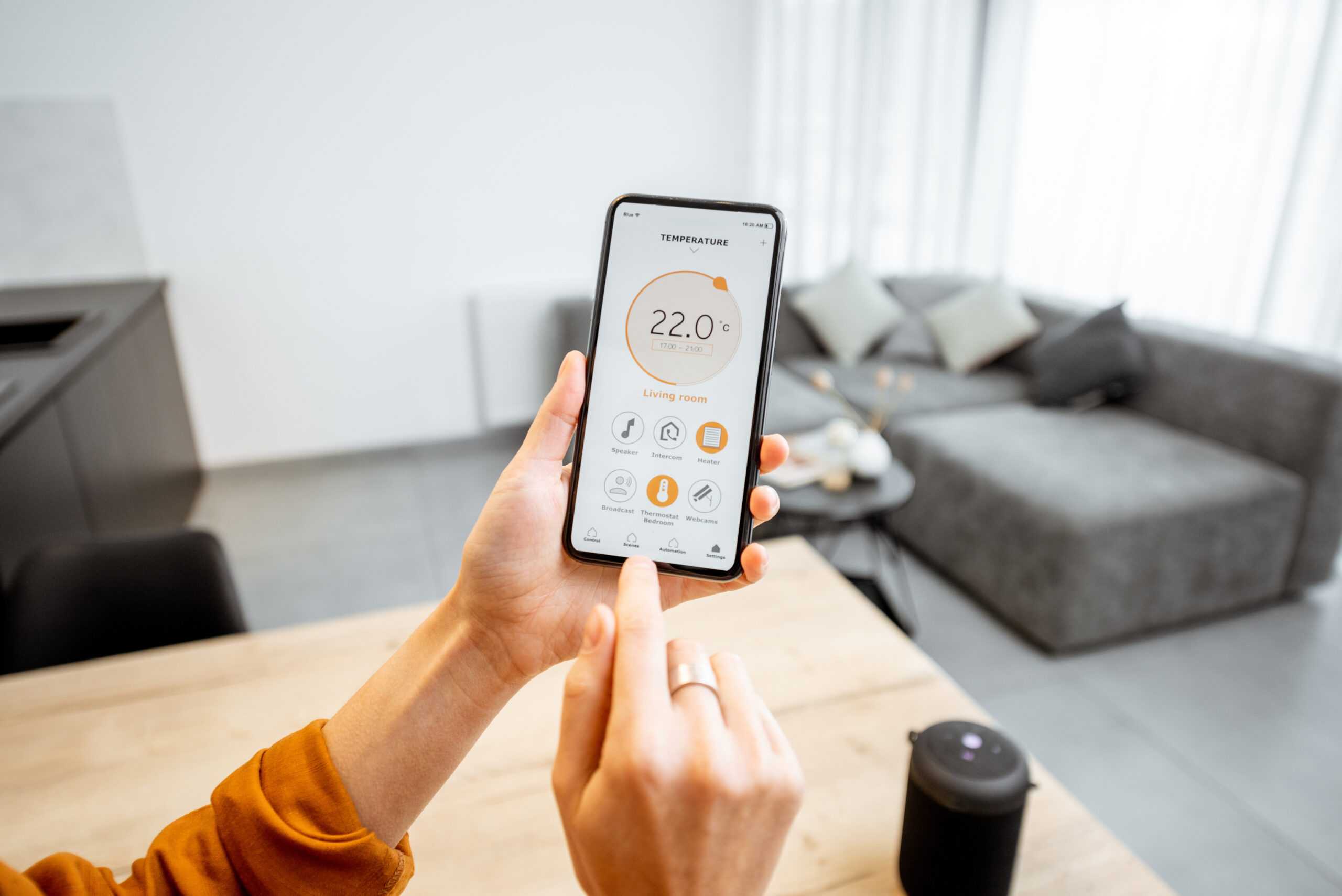CES 2022 introduced a bevy of interesting new products, including smart home controller hubs, outdoor cameras, security systems, and Matter-based devices. It’s an exciting time for growth in an industry that’s just starting to come into its own. While smart home products have been around for over a decade, Interpret’s research finds that over 70%of owners purchased a smart home product in the past three years, reinforcing the fact that the market is in the early stages.
According to Interpret’s Smart Home Matrix™, nearly 55% of adults ages 18 to 55 own some type of smart home product (including smart speakers/displays). Traditionally, a large percentage of smart home purchases were for a system: either security or home control, both installed by specialized dealers/installers. Today, only 12% of smart home buyers begin the purchase journey by thinking about a “system,” while 88% are purchasing standalone products that may or may not work together.
Interpret’s purchase journey research tracks the order of purchase of popular smart home products, the purchase channels, timeframe, and triggers for product and channel choices. Moreover, the smart home purchase journey increasingly occurs through a variety of channels. A third of buyers make subsequent purchases from the same channel as their original purchase, while another third purchase from multiple channels. These changes are in addition to a number of demographic shifts that are occurring among smart home buyers, as summarized by Interpret’s Brad Russell in this video.
“The consumer is now being surrounded by smart home choices from multiple channels,” said Stuart Sikes, SVP at Interpret. “Many retail and online systems look very similar to those systems installed by dealers. Compelling opportunities exist for professionally installed systems manufacturers to keep their customers buying either from their same dealer or from a branded, online store, rather than letting those long-time customers drift toward other retailers.”




